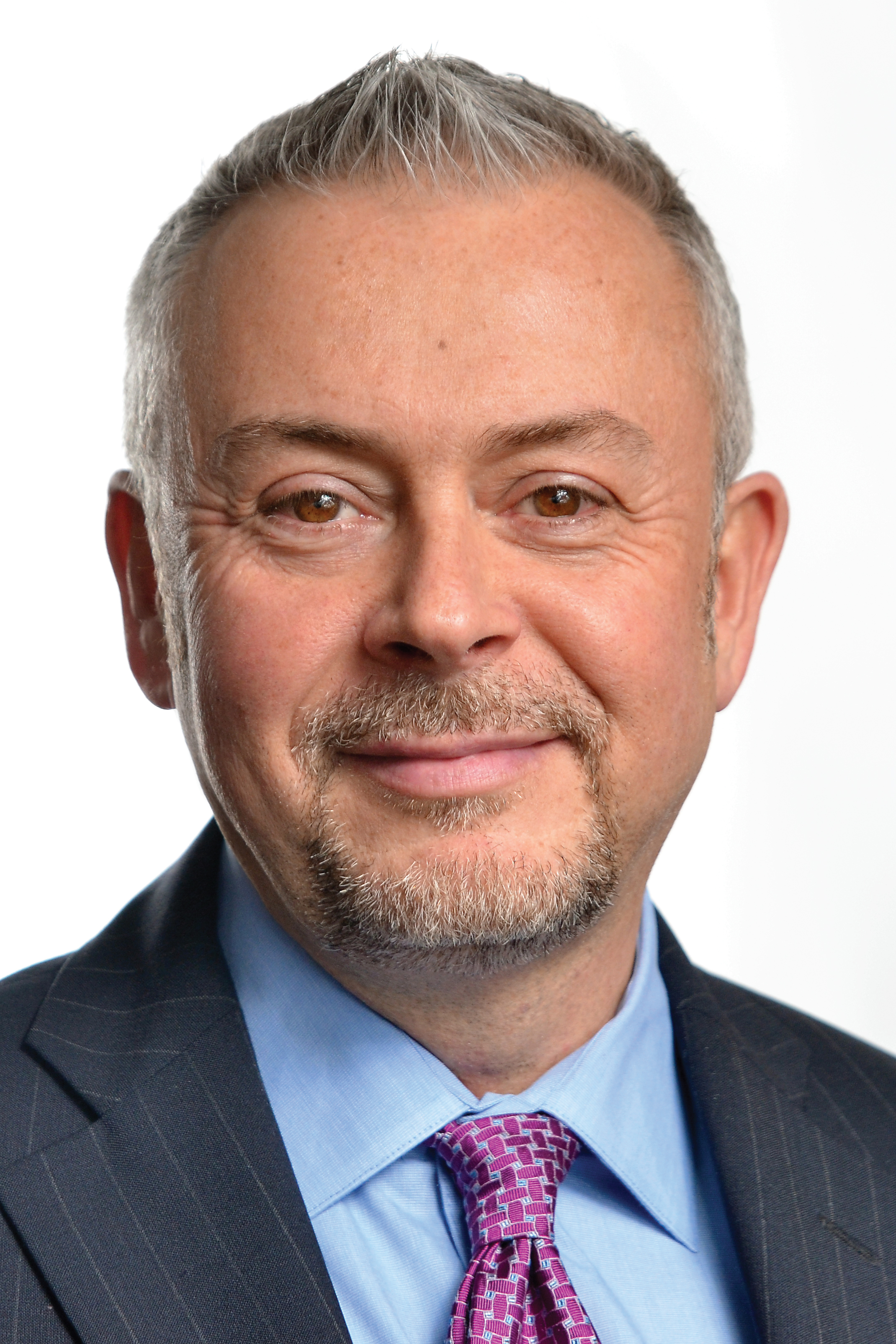The 2019–2022 ONS Research Agenda mentions LGBTQ patients with cancer among ONS’s research priorities for the very first time. A panel discussion at the 44th Annual ONS Congress focused on this underrepresented patient population, so we are making progress. In the past few years, our field has given a little more attention to LGBTQ patients with cancer, although I suspect that many of the issues are still pervasive.

Medical record intake forms rarely allow or ask patients to disclose their sexual orientation or gender identity. So, for LGBTQ patients with cancer, crucial research and treatment data are lacking, which leads to poor outcomes.
Because of distinct risk factors, such as lack of tailored education and increased barriers to accessing health care, LGBTQ patients have both greater cancer incidence and later-stage diagnoses than their non-LGBTQ cohorts.
LGBTQ patients face many health disparities, such as societal stigma and discrimination. Some healthcare systems have made great movement in creating better environments for the care of LGBTQ patients, yet others have not made any improvements.
Nearly half of all medical students showed explicit bias toward LGBTQ individuals, and more than 80% showed some implicit bias. So, nurses must also work in their organizations to create a culturally competent workforce, insisting that their healthcare practices institutionalize cultural knowledge and adapt to diversity. This supports individuals from all backgrounds, including LGBTQ patients with cancer.
Nurses can assist with alleviating disparities for LGBTQ patients by making it part of their respective assessment practice to routinely ask, at all points on the cancer continuum, about their patients’ sexual orientation and gender identity.
One organization that constantly advocates for LGBTQ patients with cancer is the National LGBT Cancer Network, formerly the LGBT Cancer Project. It provides a wealth of knowledge and commitment to this special population through its online resource library. I have also worked directly with ACS to update much of the information in its fact sheet, which focuses on cancer and LGBTQ populations.
In many ways, the broad focus on LGBTQ patients has improved, but on a very macro level. We need to do much more at the micro level and in research to improve outcomes for LGBTQ patients with cancer.
For more information, reference the ACS Fact Sheet and the LGBT Cancer Network’s resource library.






